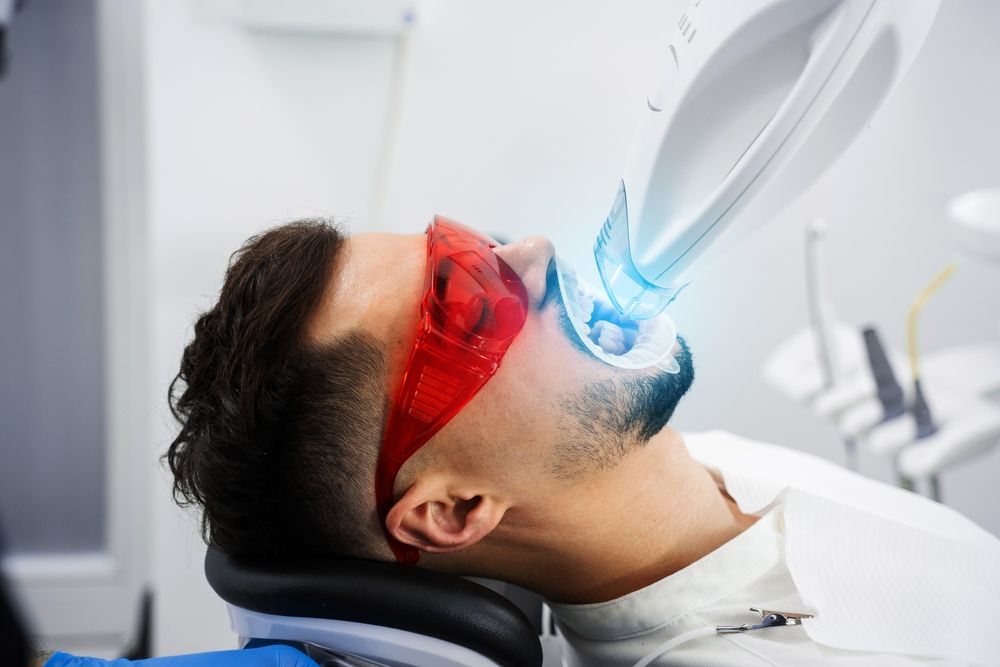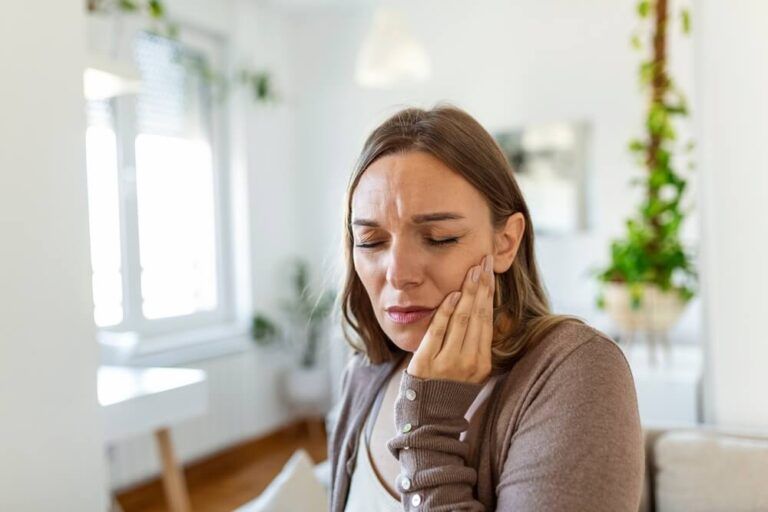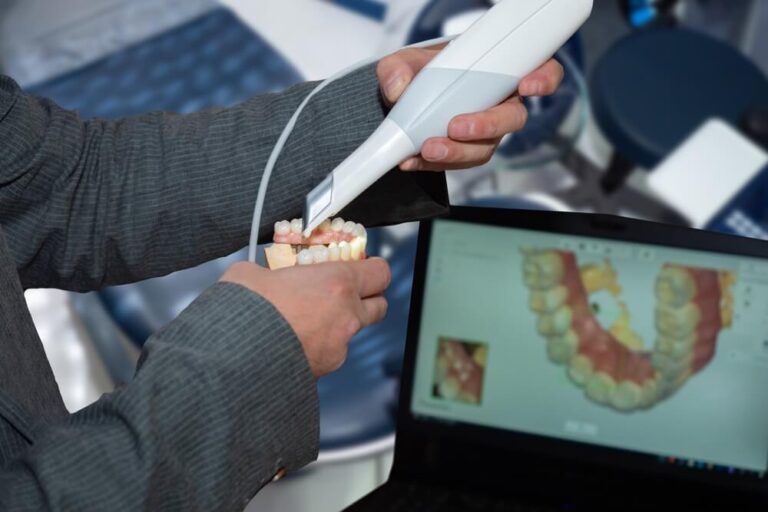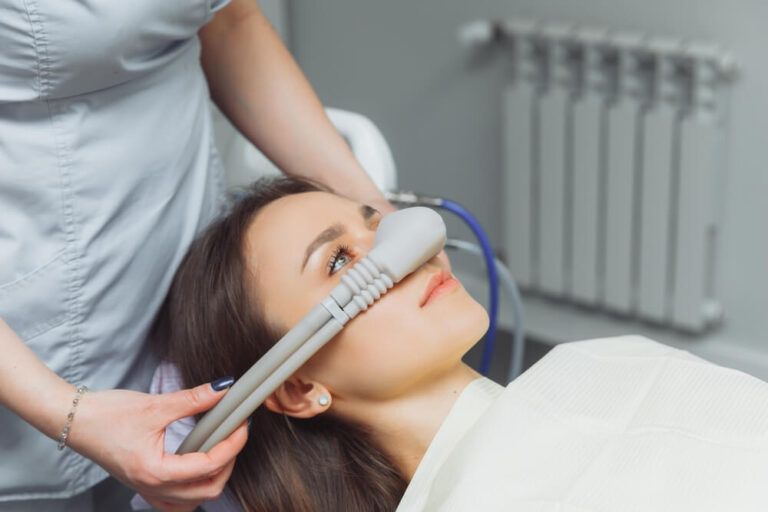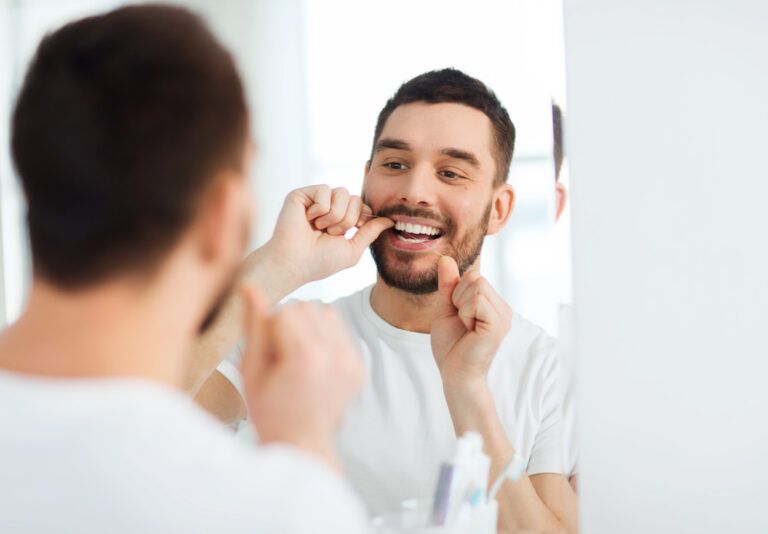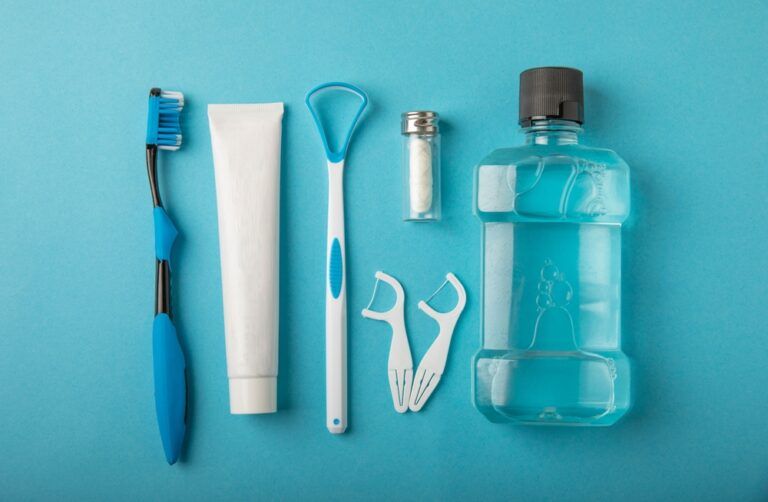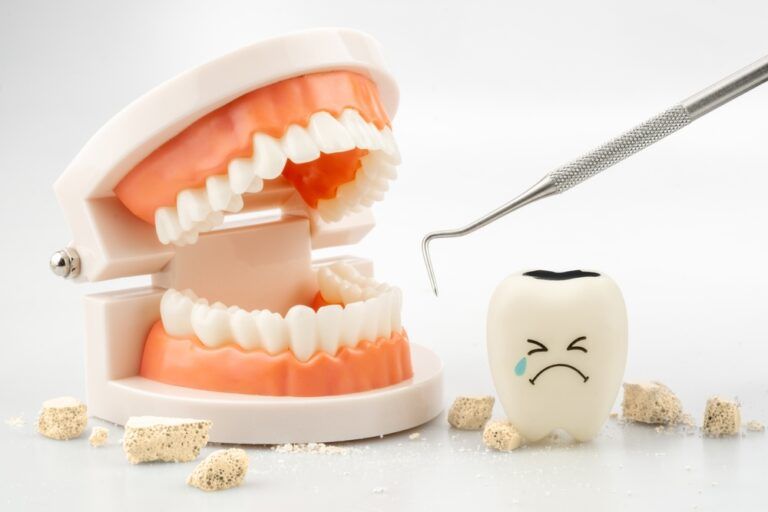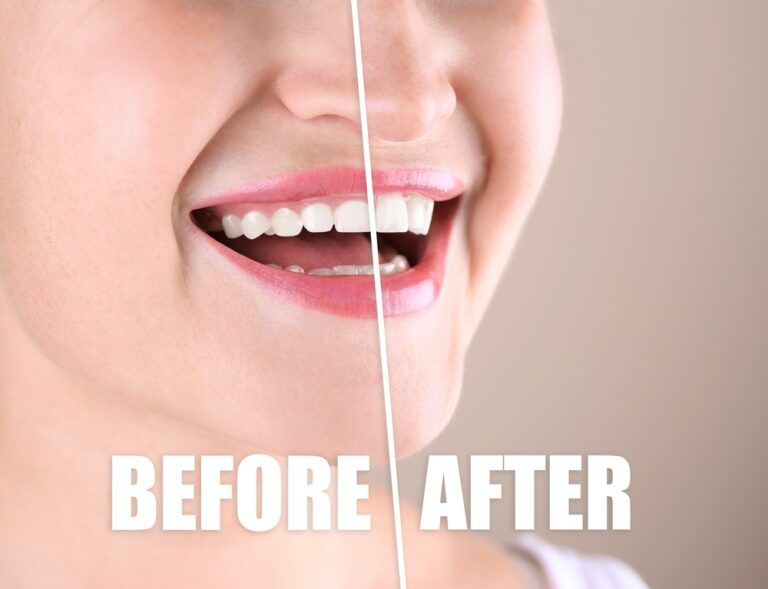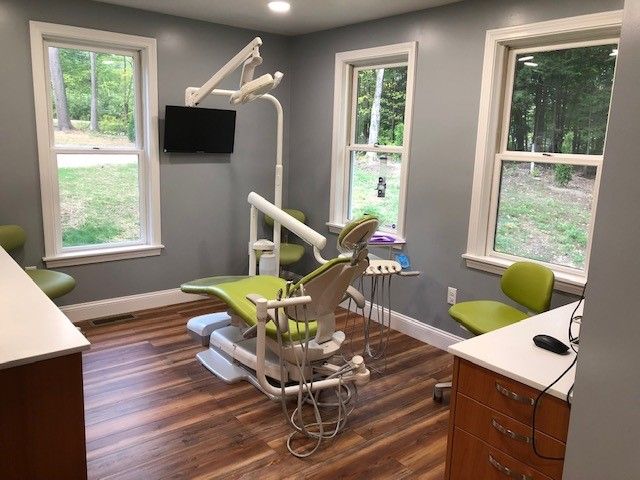At Weare Family Dentistry in Weare, NH, many patients inquire about teeth whitening as part of their interest in improving the appearance of their smile. The desire for whiter teeth is not a new trend—it stems from social cues, media influence, and the psychological association between a bright smile and health, youth, and confidence. From weddings and job interviews to simply feeling better in photos, people pursue whiter teeth for a range of personal reasons.
Tooth discoloration can occur for several reasons, including aging, certain foods and drinks, tobacco use, and even medication side effects. While whitening treatments have become more widely available through both professional dental services and over-the-counter products, not every patient is an ideal candidate. Understanding the science and safety of whitening is the first step toward making an informed decision.
How Teeth Whitening Works
Teeth whitening primarily involves bleaching agents such as hydrogen peroxide or carbamide peroxide. These ingredients penetrate the enamel and break apart the stains through a chemical reaction known as oxidation. As a result, the underlying dentin appears lighter, giving the tooth a whiter appearance overall. There are different concentrations and formulations depending on whether you are using a take-home kit, in-office procedure, or a store-bought product.
It’s important to understand that whitening only works on natural tooth enamel—it does not affect crowns, veneers, or composite fillings. Additionally, results vary depending on the type and severity of staining. For example, surface-level stains from coffee or red wine may respond well, whereas intrinsic discoloration from trauma or tetracycline antibiotics can be more resistant to change.
Who Might Be a Good Candidate for Whitening
Before starting any whitening regimen, it’s important to assess whether you’re a suitable candidate. Individuals with healthy teeth and gums, minimal dental restorations, and extrinsic stains generally respond best to whitening treatments. People in good oral health but with mild to moderate yellowing often see the most noticeable improvement.
However, teeth whitening may not be appropriate for everyone. Those with gum disease, tooth decay, exposed roots, or hypersensitivity might experience discomfort or even harm from bleaching agents. Additionally, pregnant or breastfeeding women are typically advised to delay cosmetic treatments due to limited research on safety. Patients with unrealistic expectations may also be disappointed—whitening can enhance a smile, but it won’t achieve an unnatural shade of brilliance.
When Whitening Might Not Be Ideal
In some cases, teeth whitening may not produce the results you expect—or might not be recommended at all. For individuals with gray or brown discoloration, such as that caused by fluorosis or certain medications, bleaching is often ineffective. The color may not lift evenly, leading to a blotchy appearance. Additionally, if your teeth are already sensitive or if you’ve recently had dental work, whitening could exacerbate symptoms.
Even for those who are good candidates, whitening can involve temporary side effects like sensitivity to cold or gum irritation. These issues are usually short-lived but can be uncomfortable. Overuse of whitening products or incorrect application, especially with store-bought kits, can damage enamel and lead to long-term problems. This is why informed decision-making—and professional consultation—is so important.
Weighing the Benefits and Limitations
Choosing to whiten your teeth is a personal decision that involves balancing the desire for cosmetic improvement with realistic outcomes. Whitening can be a simple and relatively quick way to boost your confidence and feel better about your smile. Whether it’s for a special occasion or part of a long-term self-care goal, many people report increased self-esteem after seeing visible improvements.
However, the results are not permanent. Lifestyle choices like drinking coffee, tea, or red wine can cause staining to return. Touch-up treatments may be needed every few months or annually, depending on the method used and your personal habits. Whitening is not a substitute for good oral hygiene or professional cleanings; rather, it works best when integrated into a comprehensive dental care routine.
Types of Whitening Options Available
While this blog is educational and not specific to any practice’s offerings, it helps to understand what kinds of whitening treatments exist and how they differ:
- In-office whitening: Performed under professional supervision, this method uses a high concentration of peroxide and may involve light or heat to accelerate results.
- Take-home kits: Provided by dentists, these kits contain custom trays and lower concentrations of bleaching agents. They offer more gradual results with added safety.
- Over-the-counter products: These include strips, toothpaste, and gels, which are accessible and affordable but less effective for deep staining.
Each option comes with trade-offs in terms of cost, convenience, safety, and effectiveness. While store-bought products may work for mild discoloration, patients seeking significant improvement often turn to professionally guided methods for longer-lasting and more uniform results.
Questions to Consider Before Whitening
If you’re thinking about teeth whitening, reflect on the following questions before moving forward:
- Are your teeth and gums currently healthy?
- Do you have crowns, fillings, or veneers in visible areas?
- Are you prepared for ongoing maintenance or touch-ups?
- Are you aware of the limitations based on your type of staining?
Answering these questions honestly can help you avoid frustration and guide your next steps—whether that includes scheduling a dental consultation or deciding to postpone treatment for a better time.
Making Informed Decisions About Your Smile
At Weare Family Dentistry in Weare, NH, many individuals seek to improve the appearance of their teeth through whitening, often as a way to enhance personal or professional confidence. However, not every smile benefits equally from bleaching treatments. Learning about your specific oral health needs and expectations can help determine whether this cosmetic option aligns with your goals.
Before using any product or beginning a whitening routine, consider a dental evaluation to identify underlying issues that might influence your results or pose risks. When used properly and under the right conditions, whitening treatments can be both safe and satisfying. Take time to weigh the pros and cons so that any choice you make is guided by knowledge rather than trend.
Sources
Joiner, A. (2006). The bleaching of teeth: A review of the literature. Journal of Dentistry.
Carey, C. M. (2014). Tooth whitening: What we now know. Journal of Evidence-Based Dental Practice.
Greenwall, L. (2012). Bleaching techniques in restorative dentistry: An illustrated guide. CRC Press.


